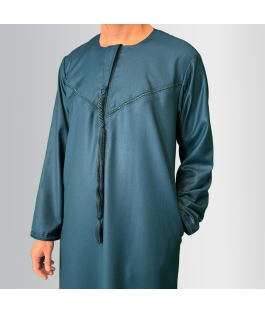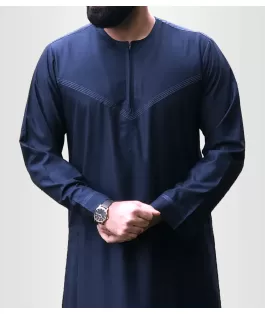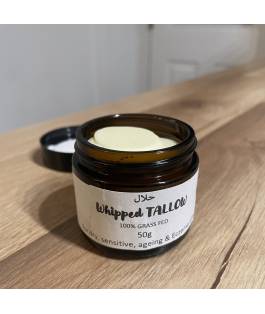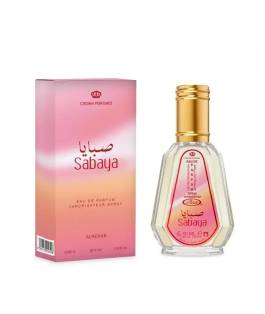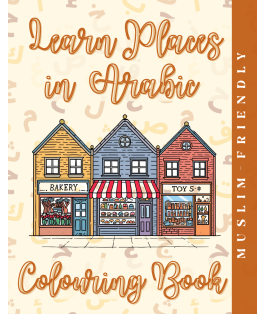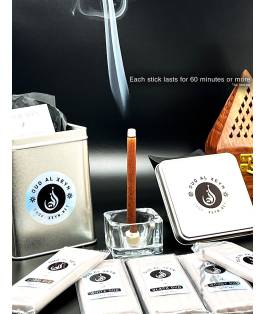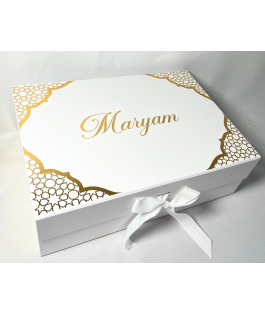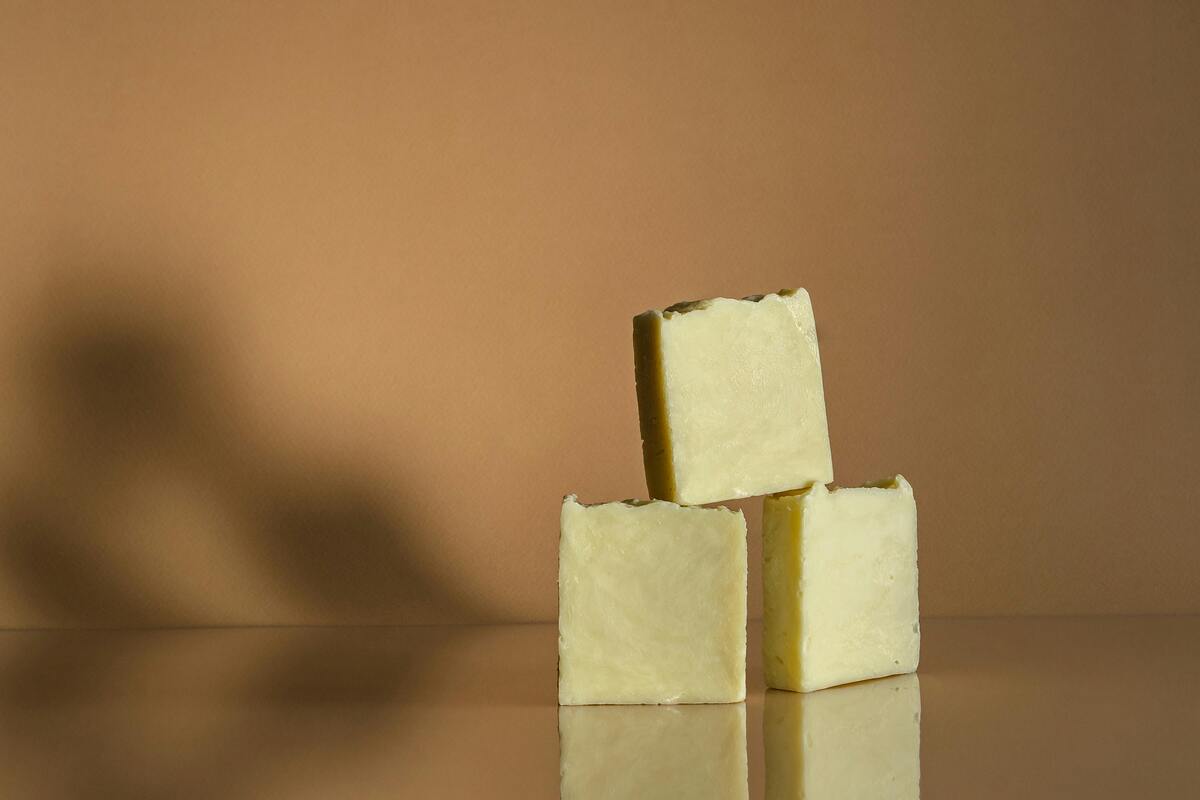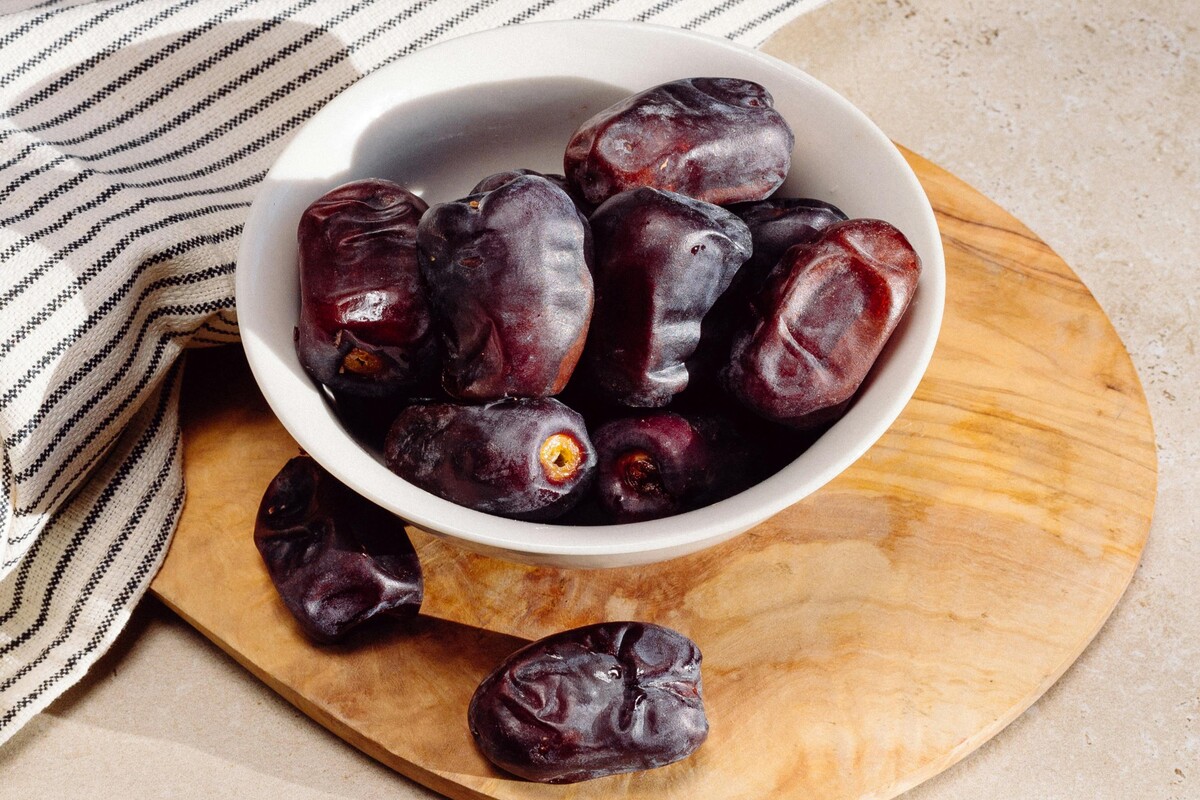Eid-ul-Fitr marks the end of Ramadan and is a time of joy, gratitude, and communal celebration for over 2 billion Muslims worldwide. It’s also a prime opportunity for businesses to connect with Muslim consumers through thoughtful and effective marketing strategies.
But what if you could skip the complexities of marketing and focus solely on selling? With Riwaya, the UK’s premier Islamic marketplace, you can list your products and let us handle the rest—from SEO optimisation to targeted marketing campaigns.
This guide explores Eid-ul-Fitr consumer trends and proven strategies, while also showing you how selling with Riwaya can help your business grow during this festive period.
Understanding Eid-ul-Fitr's Significance
Eid-ul-Fitr is a time of joy, gratitude, and communal gatherings. Families come together to share meals, exchange gifts, and don new attire. Recognising these traditions is crucial for businesses aiming to align their offerings with the festive spirit.
Consumer Behaviour During Eid-ul-Fitr

Understanding consumer behaviour during Eid-ul-Fitr can inform effective marketing strategies. Key trends include:
a. Increased Spending: In the United Arab Emirates, 49% of respondents planned to purchase clothing and fashion items for Eid, while 42% intended to buy desserts and chocolates.
b. Early Shopping: A survey conducted in selected Middle Eastern countries in 2022 revealed that 26% of Muslim respondents planned to shop for Eid al-Fitr in mid-April, almost 20 days before Eid, indicating a trend towards early preparation.
c. Online Shopping Surge: The festive period sees a notable rise in online shopping, with consumers seeking convenience and variety in their purchases. A survey concludes that e-commerce traffic spikes during Sahur, with a 105% rise in Malaysia and 345% in Indonesia highlighting a strong consumer shift to digital platforms during early hours.
Effective Marketing Strategies
To capitalise on Eid-ul-Fitr's commercial potential, consider the following strategies:
1. Culturally Sensitive Advertising
Craft messages that respect Islamic values and traditions. Use symbols like the crescent moon and lanterns, which are widely recognised during this period. Ensure that all content is appropriate and resonates with the target audience.
2. Timing Promotions Strategically
Launch marketing campaigns 3-4 weeks before Eid. This period aligns with when many Muslims start their preparations, including shopping for gifts and attire. Early engagement can position your brand favourably.
3. Mobile-Friendly Campaigns
During Eid, mobile device usage increases as people spend more time with family and away from workstations. Optimise your digital content for mobile platforms to reach consumers effectively. A 2023 global study revealed that 81% of respondents increased their mobile device usage during Ramadan, making it the dominant media form, surpassing all others.
4. Influencer Collaborations
Partner with influencers who embody the values of Eid, such as family, generosity, and community. Authentic endorsements can enhance brand credibility and reach.
5. Exclusive Eid Collections
Offer products or services tailored for Eid celebrations. This could include special clothing lines, gift sets, or festive menus, appealing directly to consumer needs during the holiday.
Case Studies of Successful Eid Campaigns

Examining successful campaigns can provide valuable insights:
1. Amul’s Heartfelt Eid Message
Amul, known for its iconic and timely topical content, never fails to strike the right chord with its audience. For Eid, the brand chose to celebrate with its most cherished product—milk. A visual of two glasses of milk embracing warmly symbolised the spirit of brotherhood and love that defines the festival. By weaving tradition into its messaging, Amul reinforced its deep connection with consumers, reminding them that simple joys, like sharing a glass of milk, bring people together in moments of celebration.
2. Patisserie Valerie's Halal-Friendly Offerings
UK-based bakery chain Patisserie Valerie effectively tapped into the Eid market by promoting its range of Halal-friendly cakes through a well-crafted email marketing campaign. Their approach included high-quality product imagery, personalised messaging, and clear delivery deadlines to ensure timely orders. By addressing a key consumer need—Halal-certified treats for Eid celebrations—the campaign enhanced engagement and boosted sales.
3. Emaar's Premium Eid Greetings
Emaar, a global property developer, utilised social media to reinforce its luxury image with an elegant Eid Mubarak post featuring the grandeur of Downtown Dubai. The campaign focused on aspirational marketing, aligning its brand with prestige and exclusivity while celebrating the festive spirit of Eid. The visually striking campaign resonated with affluent consumers and strengthened brand loyalty.
Common Pitfalls to Avoid

While planning your Eid-ul-Fitr marketing, be mindful of the following:
1. Cultural Insensitivity
Brands must ensure their messaging is authentic and respectful of Islamic traditions. Using generic greetings without cultural depth or misrepresenting Eid practices can alienate the target audience. A well-researched approach is essential to avoid backlash.
2. Inaccurate Timing
Launching campaigns too late can result in lost opportunities. Consumers often plan their Eid purchases in advance, with peak buying activity occurring in the weeks leading up to the festival. Brands should align their campaigns with shopping trends and ensure timely promotions.
3. Neglecting Mobile Users
With a significant rise in mobile usage during Ramadan and Eid, failing to optimise digital campaigns for mobile devices can lead to missed engagement. Brands should prioritise mobile-responsive emails, ads, and websites to maximise reach and conversions.
Conclusion
Eid-ul-Fitr presents a unique opportunity for brands to connect with Muslim consumers meaningfully. By understanding cultural nuances, leveraging data-driven insights, and learning from successful campaigns, businesses can craft impactful marketing initiatives that resonate. A well-planned, mobile-optimised, and culturally sensitive strategy can enhance brand engagement, drive sales, and build long-term customer loyalty.
Selling with Riwaya
Feeling overwhelmed by marketing strategies for your small business?
At Riwaya, we take the stress out of selling. All you need to do is list your products and fulfil orders—we’ll handle the rest. From marketing strategies to SEO optimisation, we ensure your products get the attention they deserve. Our goal is simple: to get more eyes on your products and connect you with the right audience. Riwaya is the ideal Islamic marketplace to grow your business.
Join now and enjoy your first month completely free!

































